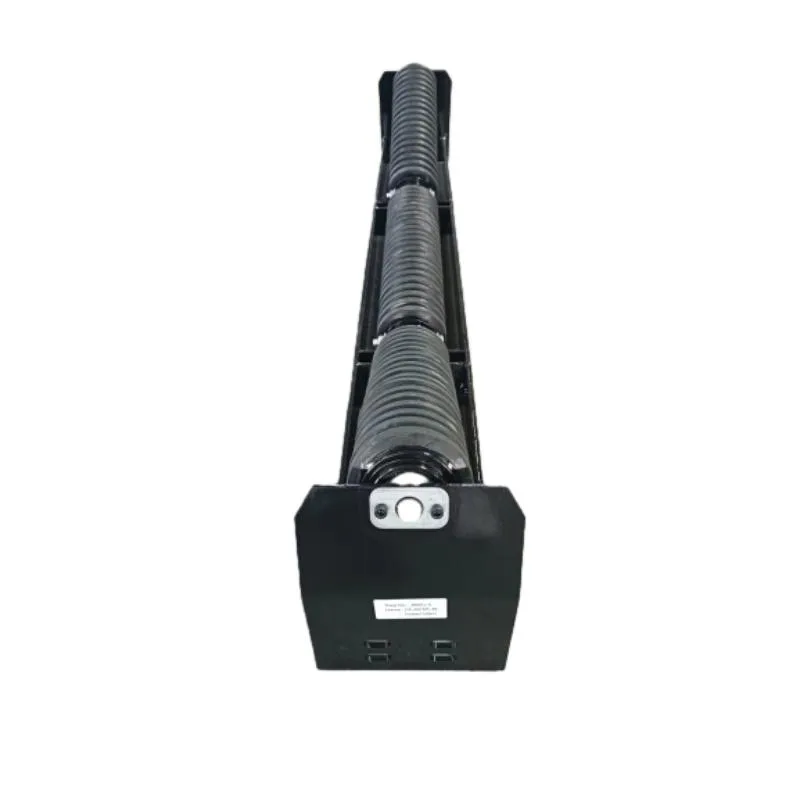 Afrikaans
Afrikaans  Albanian
Albanian  Amharic
Amharic  Arabic
Arabic  Armenian
Armenian  Azerbaijani
Azerbaijani  Basque
Basque  Belarusian
Belarusian  Bengali
Bengali  Bosnian
Bosnian  Bulgarian
Bulgarian  Catalan
Catalan  Cebuano
Cebuano  Corsican
Corsican  Croatian
Croatian  Czech
Czech  Danish
Danish  Dutch
Dutch  English
English  Esperanto
Esperanto  Estonian
Estonian  Finnish
Finnish  French
French  Frisian
Frisian  Galician
Galician  Georgian
Georgian  German
German  Greek
Greek  Gujarati
Gujarati  Haitian Creole
Haitian Creole  hausa
hausa  hawaiian
hawaiian  Hebrew
Hebrew  Hindi
Hindi  Miao
Miao  Hungarian
Hungarian  Icelandic
Icelandic  igbo
igbo  Indonesian
Indonesian  irish
irish  Italian
Italian  Japanese
Japanese  Javanese
Javanese  Kannada
Kannada  kazakh
kazakh  Khmer
Khmer  Rwandese
Rwandese  Korean
Korean  Kurdish
Kurdish  Kyrgyz
Kyrgyz  Lao
Lao  Latin
Latin  Latvian
Latvian  Lithuanian
Lithuanian  Luxembourgish
Luxembourgish  Macedonian
Macedonian  Malgashi
Malgashi  Malay
Malay  Malayalam
Malayalam  Maltese
Maltese  Maori
Maori  Marathi
Marathi  Mongolian
Mongolian  Myanmar
Myanmar  Nepali
Nepali  Norwegian
Norwegian  Norwegian
Norwegian  Occitan
Occitan  Pashto
Pashto  Persian
Persian  Polish
Polish  Portuguese
Portuguese  Punjabi
Punjabi  Romanian
Romanian  Russian
Russian  Samoan
Samoan  Scottish Gaelic
Scottish Gaelic  Serbian
Serbian  Sesotho
Sesotho  Shona
Shona  Sindhi
Sindhi  Sinhala
Sinhala  Slovak
Slovak  Slovenian
Slovenian  Somali
Somali  Spanish
Spanish  Sundanese
Sundanese  Swahili
Swahili  Swedish
Swedish  Tagalog
Tagalog  Tajik
Tajik  Tamil
Tamil  Tatar
Tatar  Telugu
Telugu  Thai
Thai  Turkish
Turkish  Turkmen
Turkmen  Ukrainian
Ukrainian  Urdu
Urdu  Uighur
Uighur  Uzbek
Uzbek  Vietnamese
Vietnamese  Welsh
Welsh  Bantu
Bantu  Yiddish
Yiddish  Yoruba
Yoruba  Zulu
Zulu Enhancing Conveyor Performance with Effective Drum Lagging Solutions
The Importance of Conveyor Drum Lagging Enhancing Performance and Longevity
In the field of material handling, conveyor systems are vital for the efficient transport of products across various industries, including mining, manufacturing, and logistics. A crucial component of these systems is the conveyor drum, which serves as the driving force behind the movement of conveyor belts. To ensure optimal performance and reduce wear and tear, conveyor drum lagging becomes a necessary consideration.
What is Conveyor Drum Lagging?
Conveyor drum lagging refers to the process of adding a layer of material to the surface of conveyor drums. This material can be rubber, ceramic, or various other compounds, and its primary function is to enhance the drum's grip on the conveyor belt. By increasing friction between the drum and belt, lagging helps to deliver more power to the belt, reducing slippage and improving the overall efficiency of the conveyor system.
Lagging also serves as a protective measure for the drums themselves. Without lagging, the metal surface of the drum can suffer from wear and tear due to continuous contact with the belt and the materials being transported. The result can be significant damage over time, requiring costly repairs or even complete replacement of the drum.
Benefits of Drum Lagging
1. Increased Traction One of the most significant advantages of drum lagging is the increased traction it provides. A well-lagged drum ensures that the conveyor belt can effectively grip the drum, allowing for more reliable operation under various load conditions. This is especially crucial in applications where heavy materials are being moved, as any slippage can lead to downtime and inefficient operation.
2. Extended Drum Lifespan By protecting the drum's surface from wear, lagging can significantly extend the lifespan of the drum. This not only saves companies money in terms of replacement parts and labor but also enhances the reliability of the entire conveyor system.
conveyor drum lagging

3. Reduced Maintenance Costs Regular maintenance is paramount in heavy industries, and conveyor systems are no exception. With proper lagging, the need for frequent inspections and repairs can be minimized. This results in lower maintenance costs and less downtime, allowing businesses to maximize productivity.
4. Improved Material Handling Lagging can also improve material handling capabilities. Different materials may require specific types of lagging to optimize performance. For instance, in environments where wet materials are transported, a specific rubber compound can enhance the drum's grip, preventing slippage and ensuring a smooth operation.
5. Noise Reduction In addition to performance benefits, lagging can help reduce noise levels produced by conveyor systems. The right lagging material can muffle the sounds made by the movement of the belt and materials, creating a quieter working environment that is more conducive to productivity.
Selecting the Right Lagging
Choosing the right type of lagging material is critical to achieving the best results. Factors such as the operating environment, the type of materials being transported, and the load conditions must all be considered. For instance, rubber lagging is commonly used due to its excellent grip and durability, whereas ceramic lagging may be preferred in high-wear applications.
Additionally, the thickness of the lagging and installation method are factors that should not be overlooked. Properly installed lagging can enhance performance, while poorly installed lagging may lead to premature wear or failure.
Conclusion
In conclusion, conveyor drum lagging plays a vital role in the efficient operation of conveyor systems. By enhancing grip, protecting drum surfaces, and minimizing maintenance costs, lagging contributes to a more reliable and effective material handling solution. As industries continue to evolve and demand more from their equipment, investing in high-quality drum lagging can significantly affect overall productivity and operational success. By making informed choices about lagging materials and methods, businesses can ensure that their conveyor systems operate smoothly and efficiently for years to come.
-
Revolutionizing Conveyor Reliability with Advanced Rubber Lagging PulleysNewsJul.22,2025
-
Powering Precision and Durability with Expert Manufacturers of Conveyor ComponentsNewsJul.22,2025
-
Optimizing Conveyor Systems with Advanced Conveyor AccessoriesNewsJul.22,2025
-
Maximize Conveyor Efficiency with Quality Conveyor Idler PulleysNewsJul.22,2025
-
Future-Proof Your Conveyor System with High-Performance Polyurethane RollerNewsJul.22,2025
-
Driving Efficiency Forward with Quality Idlers and RollersNewsJul.22,2025





























